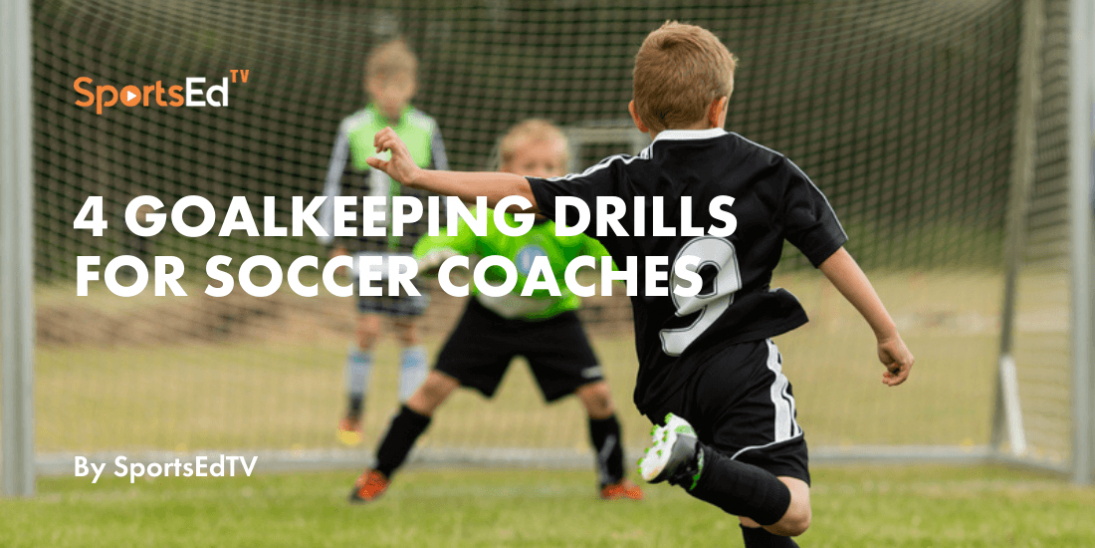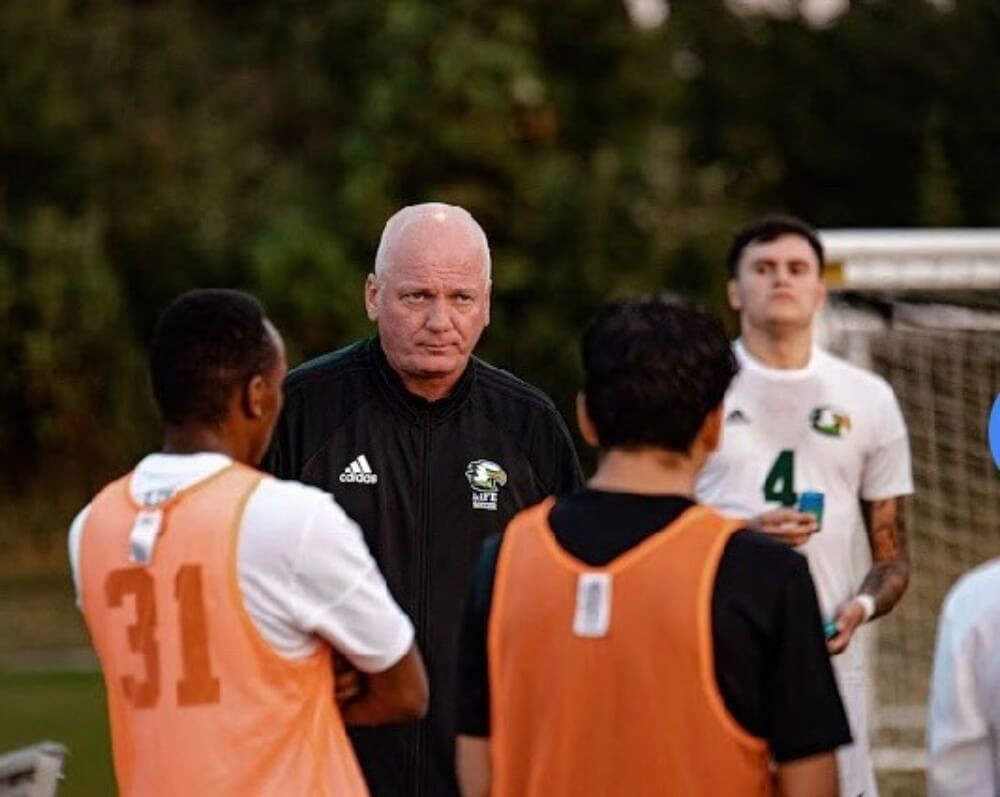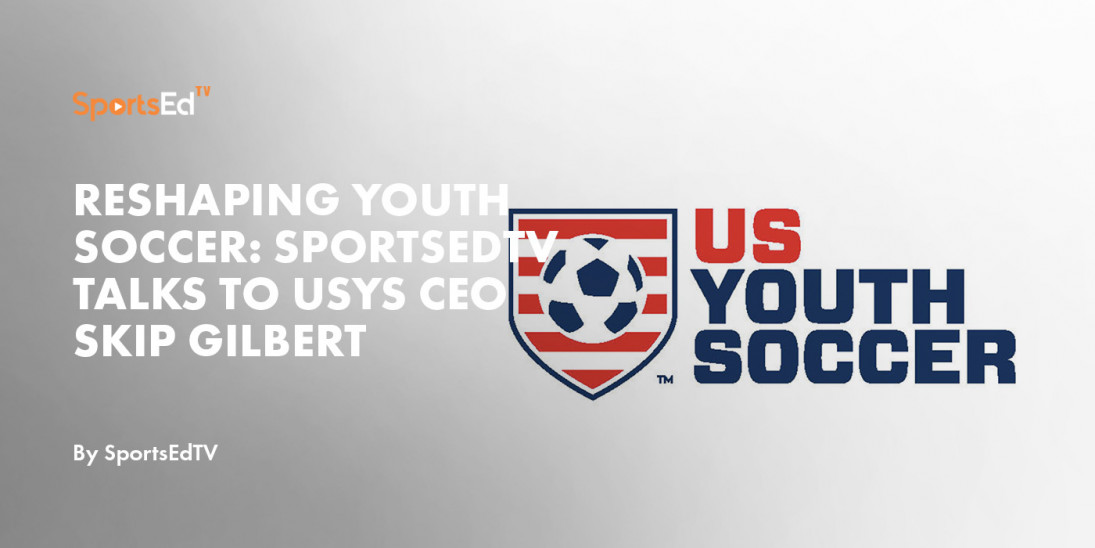Soccer
Welcome and thanks for visiting...

The Lost Letter Behind FIFA's New Concussion Substitute Rule

SportsEdTV Soccer is committed to bringing athletes, coaches, and parents pro-level Soccer education videos for FREE. All levels, anywhere, anytime. Check out our full instructional library and sign up to join our Soccer community.
In December of 2020, prompted by FIFA's input, the International Football Association Board (IFAB) announced that 2021 would be the year to begin experimenting with a 'concussion substitute'. This refers to an adaptation to the rules of the game to allow an extra substitution for a player under suspicion of having a concussion. On January 18th, 2021, FIFA announced that during the Club World Cup in February they would implement the rule as a test. Various leagues around the world soon showed interest in following suit and conducting a trial implementation of the rule into some of their domestic leagues, including England, the Netherlands, Japan, Portugal, and the USA.
Given the eagerness to test the rule by some of the world's most substantial leagues and competitions, as well as the apparentness of its benefits, one could be forgiven for jumping to the conclusion that over the next couple years the rule will spread across the world, and in a decade or two the thought of a player staying on the field after a head injury will sound absurd.
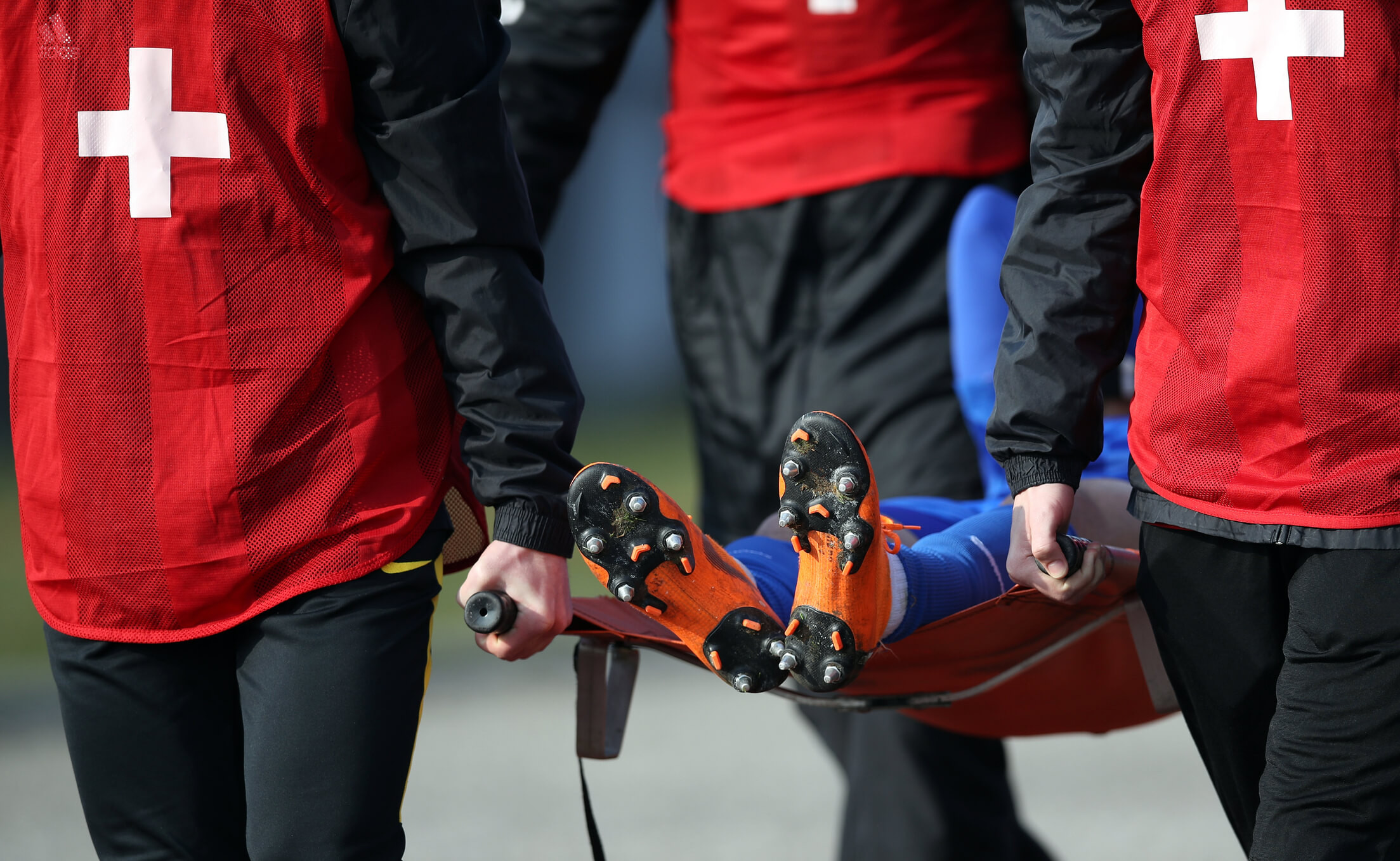 Head injuries and concussions have been a generally unsolved problem in soccer so far
Head injuries and concussions have been a generally unsolved problem in soccer so far
However, the credit for coming up with this idea of a 'concussion substitute' and how best to implement it has potentially been misplaced. To find the origins of this rule, as well as FIFA's first encounter with and rejection of the 'concussion substitute', you'd have to look further back to 2017 and into the living room of John DeBenedictis, the Executive Director of the National Soccer Coaches Association of Canada who also happens to be a SportsEdTV Soccer Contributor, and who is here to share the real history behind the rule:
I was switching channels on my remote control looking for a soccer game to watch. Just as I found a game between Manchester United and Saint-Étienne, I saw players huddled around a player on the ground. The referee was talking to players on both teams but all parties looked concerned as the player on the ground was not moving and being attended to by a couple of trainers. The injury looked serious but I had not seen what had happened.
While the player lay there, a replay of the injury was shown. As the ball was played into the box, Smalling accidentally collided heads with Perrin, who looked to have taken a pretty big knock on the head and went down.
When he finally got to his feet, a close-up of Perrin showed that he looked drowsy as he made his way off the field. I thought to myself that he would be substituted.
To my surprise and amazement, a few minutes later, he came back onto the field. Did he receive a minor concussion? As a coach, regardless of how hard the player sustains a knock to the head, I would say that 90% of the time, the player would try and convince me that they were OK to keep playing. Most of the time, players are very convincing that they are able to return to action. I’ve done it myself when I was a player. But, as a coach, in all cases, I pulled the player off. Yet I have never coached at a level or in a pressure situation where a win or loss could cost me a job or the ability to provide an income for myself and my family.
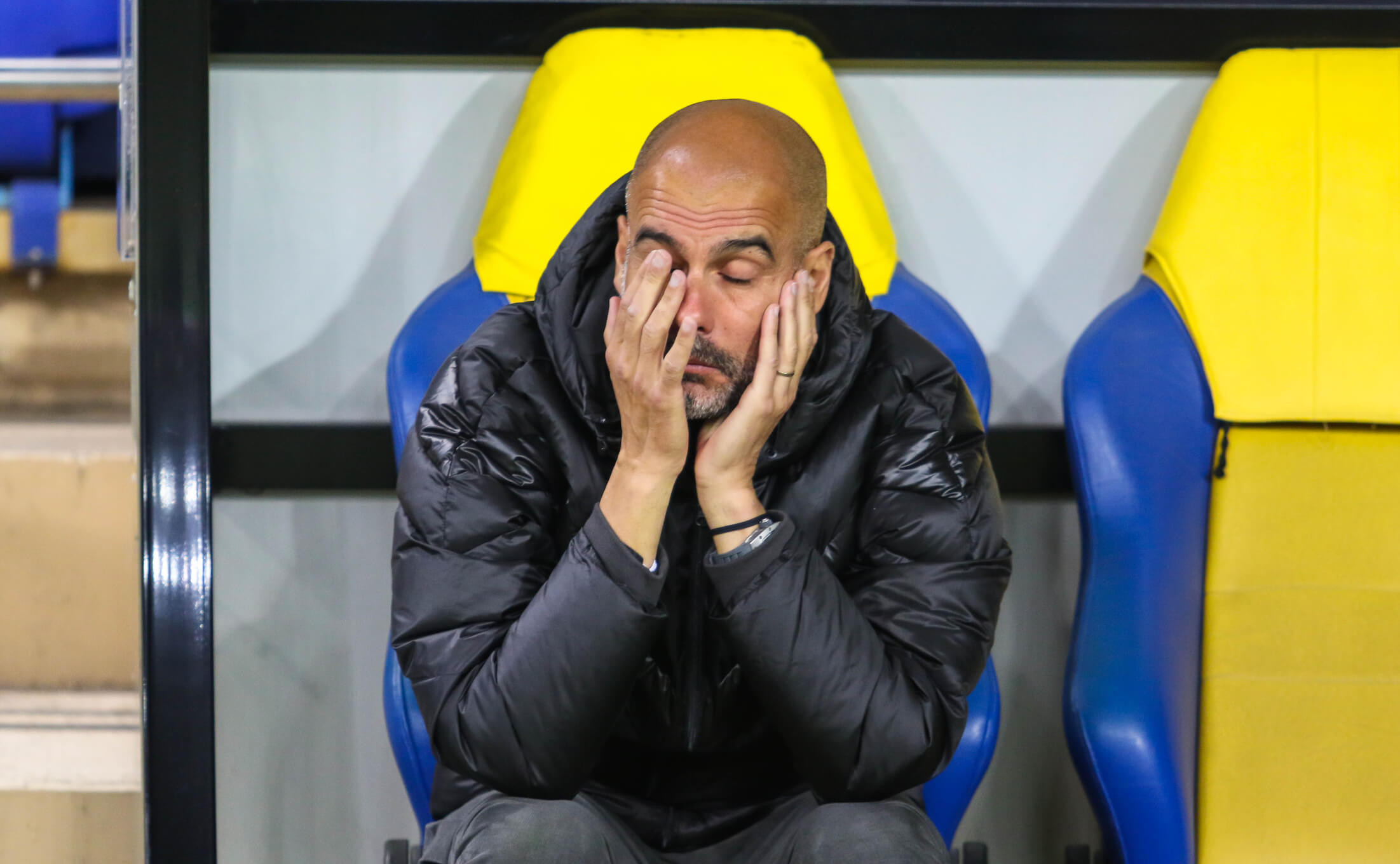 Coaches are under heavy pressure when held responsible for the consequences of deciding to substitute or to not substitute a potentially injured player who insists they can play
Coaches are under heavy pressure when held responsible for the consequences of deciding to substitute or to not substitute a potentially injured player who insists they can play
In the game I was watching, I started to wonder if the coach was out of substitutions and possibly took the side of the player who wanted to stay on the field. Did he send him back on because he would be out of substitutions or already was? I’m sure coaches will always put player safety first BUT...???
After watching that game I began to consider the benefits of a rule change on FIFA LAW 3 regarding the number of substitutions in a game. My suggestion was, in the case of a possible head injury, if that player is substituted then the change would not count towards the maximum three substitutions allowed.
I asked for opinions from my Facebook friends and received plenty of comments.
Jack Huckel, former President of the NSCAA said, “That’s an interesting proposition. I would support such a proposal. Of course it would require an independent medical professional to certify the ‘head injury’, because we know that some coaches would be willing to manufacture the ability to make a substitution”.
Alex Bunbury, former Canadian International, believes that we should increase the number of substitutions to five to cover injuries and the physical demands of the game today.
John Reznik agrees that allowing an extra substitution in the event of a head injury is a good idea. He added, “However, a 4th official should make the call and furthermore there should only be one exemption allowed per game.”
Bill Steffen would agree with the law change but ‘head injury’ would need to be clearly defined.
Jim Evans said, “It’s a great idea. Let’s not wait for a player to die on the field.”
Jeff Tipping, Barry Gorman, Paul Martin, Gerald Pezet, Bill Lessig, and Bill Ault also had things to add to the suggestion. Not one comment disagreed with the proposed law change.
Not long after that, during an MLS game, Toronto FC goalkeeper Alex Bono came out for a ball at the edge of his box and got clipped in the jaw by an onrushing opponent. He went down for an extended period and the replay showed that he took quite a knock. Toronto was out of substitutions and therefore, once again, he remained on the field. Coaches are always at a disadvantage because they are not medical experts, and are compassionate towards their players, but always have to deal with a player who wants to stay on the field.
After that game, I mentioned it to our executive group at the NSCAC, which includes Tony Waiters and Stephen Hart, past National Team coaches who have been in that position and know the pressures of the game at that level.
They agreed that if the decision would be taken out of the coach’s hands and made by a qualified professional, then the coach would not come under criticism from that player, the media, or fans should a resulting substitution negatively impact the game. More importantly, if the substitution was strictly geared to help the injured player without penalizing the team by taking up a valuable substitution, then the coach would be appreciative of that ruling because, ultimately, coaches do care about the well being of their athletes.
Therefore, on behalf of all coaches and managers around the world we, as the National Soccer Coaches Association of Canada, submitted a suggestion to the International Board for FIFA. They had already looked at head injuries and had not made any decisions on the substitution law, but we felt they should consider the perspective of the coach or manager.
This is the letter the NSCAC sent to FIFA in November of 2017:
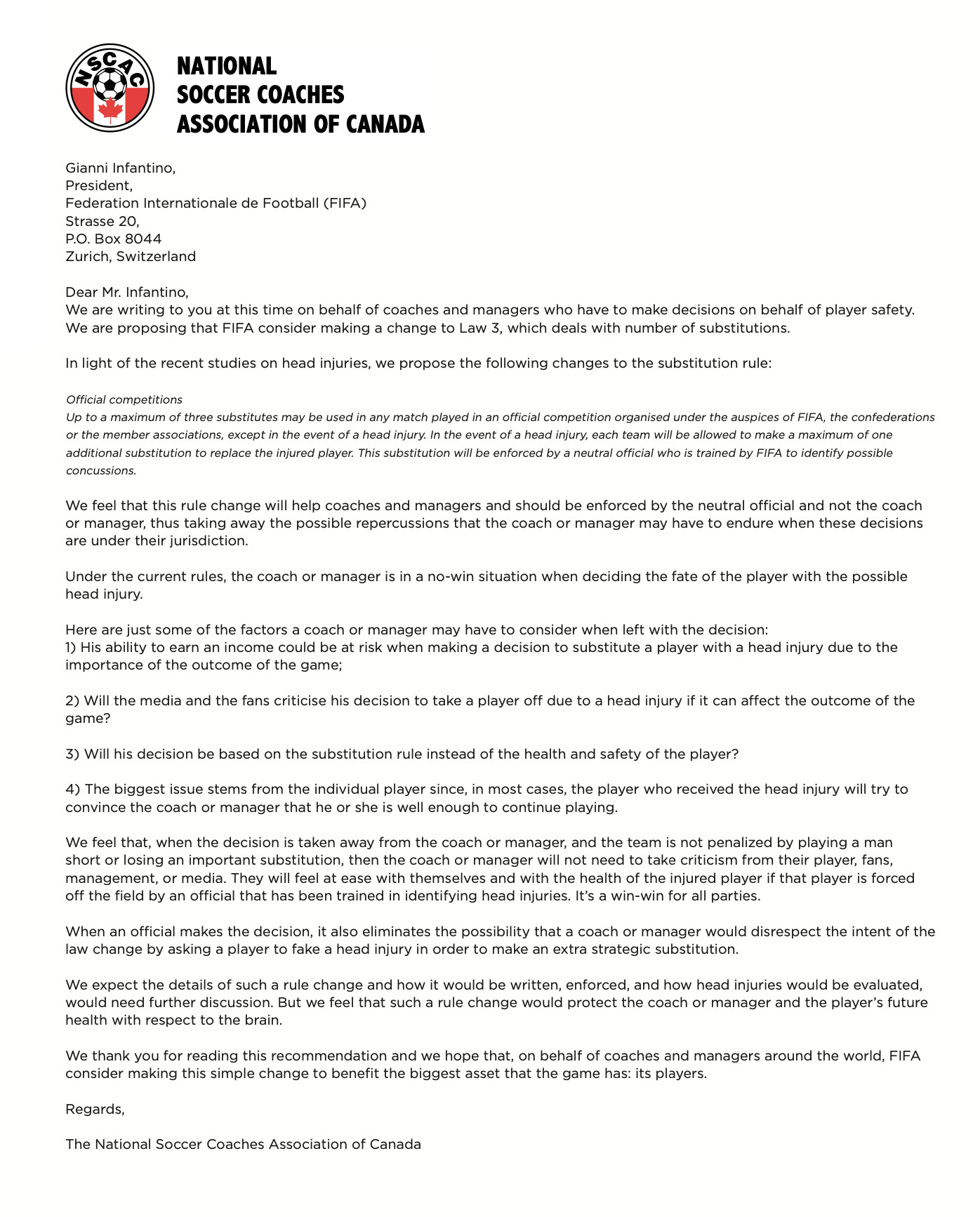 However, a few weeks later FIFA politely turned down the idea of such a change:
However, a few weeks later FIFA politely turned down the idea of such a change:
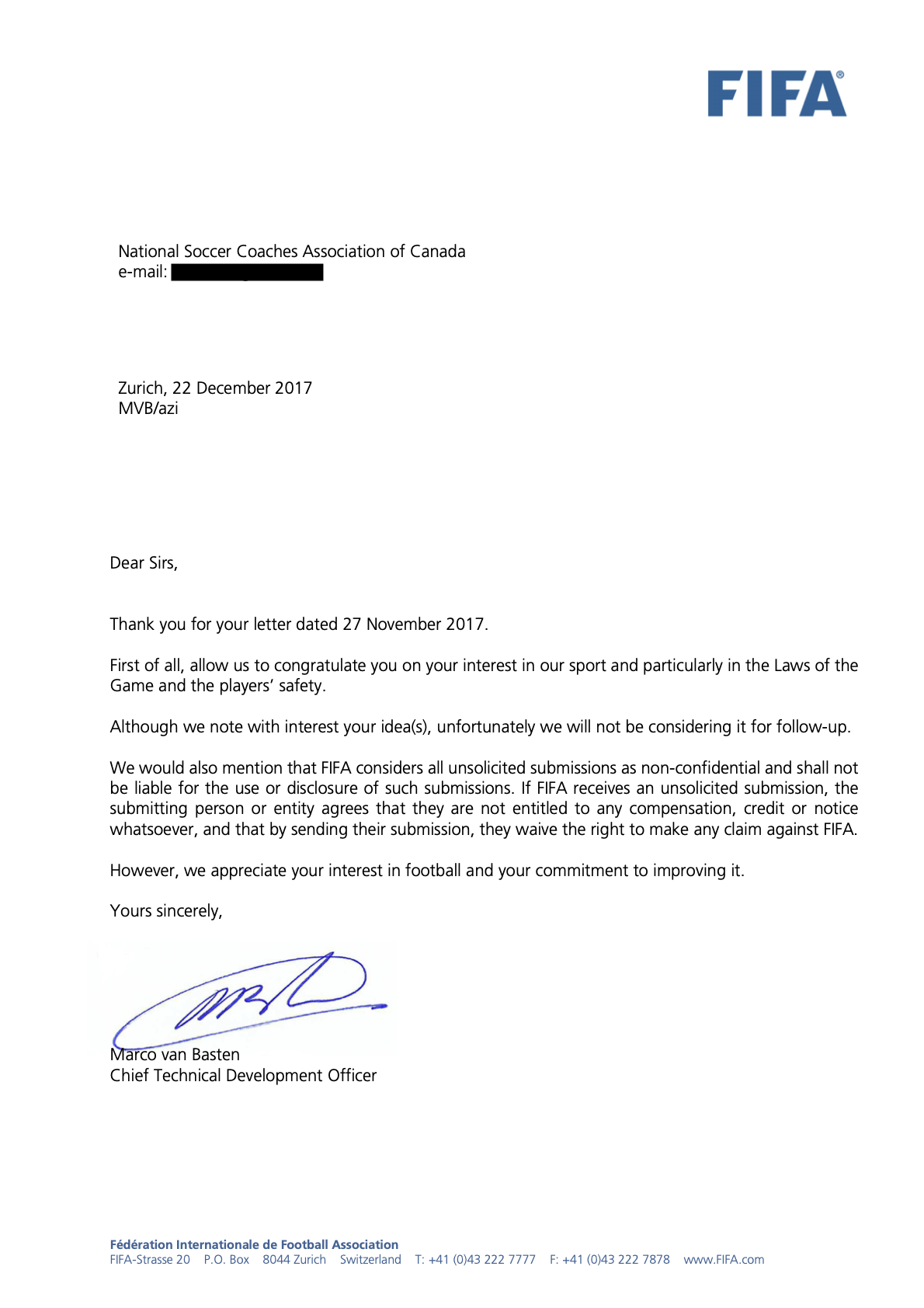
No doubt, FIFA had their legitimate reasons for not implementing the idea in 2017. However, John DeBenedictis and the NSCAC do deserve our praise and thanks for their dedication to improving our beautiful game and protecting our players, as well as for their initiative and being three years ahead of the rest of us in determining a progressive 'concussion substitute' rule - an initiative that likely planted the seed (if not more) for the recent change.
Follow SportsEdTV Soccer on Facebook and Instagram to stay up-to-date with the latest content


